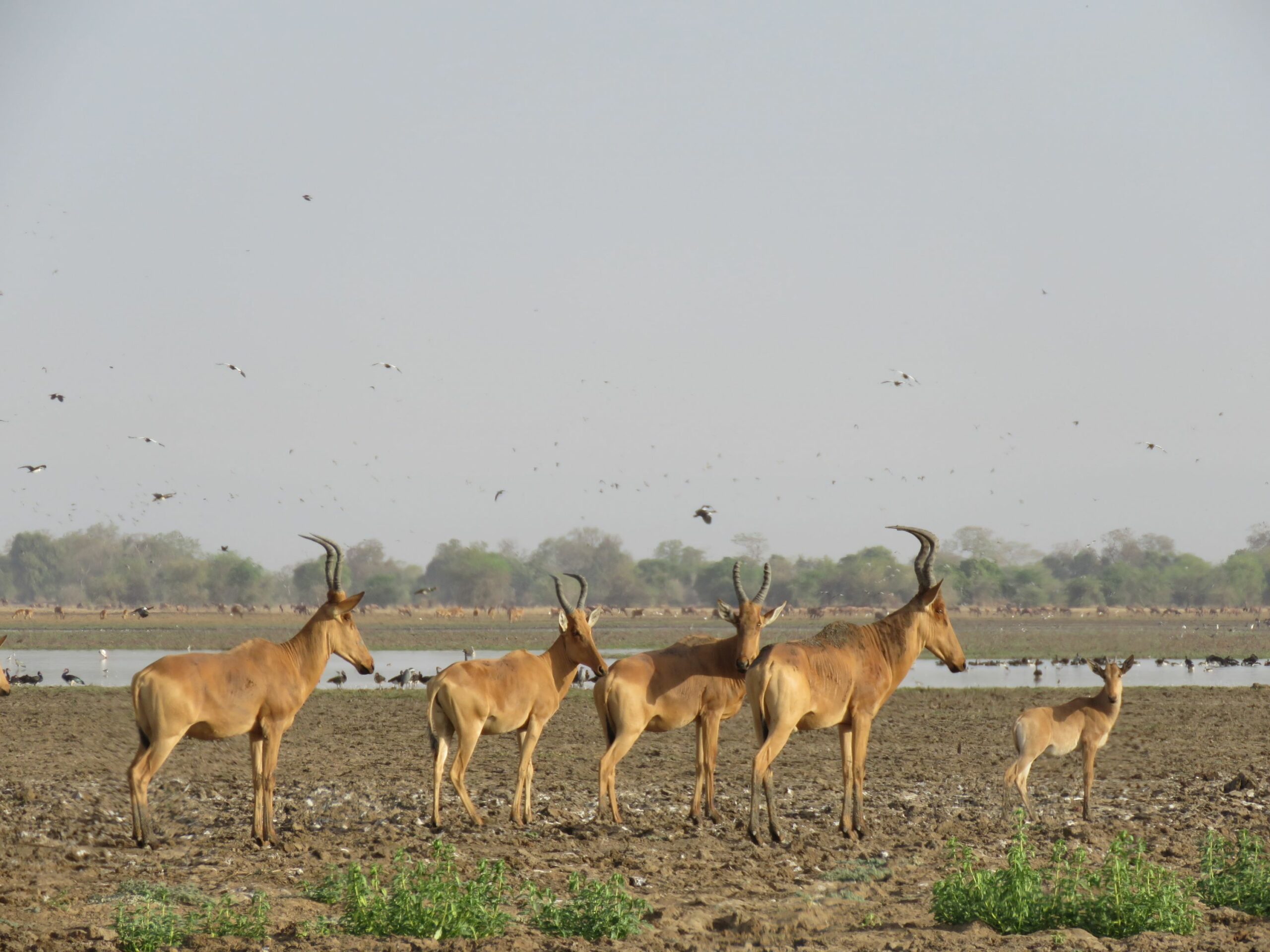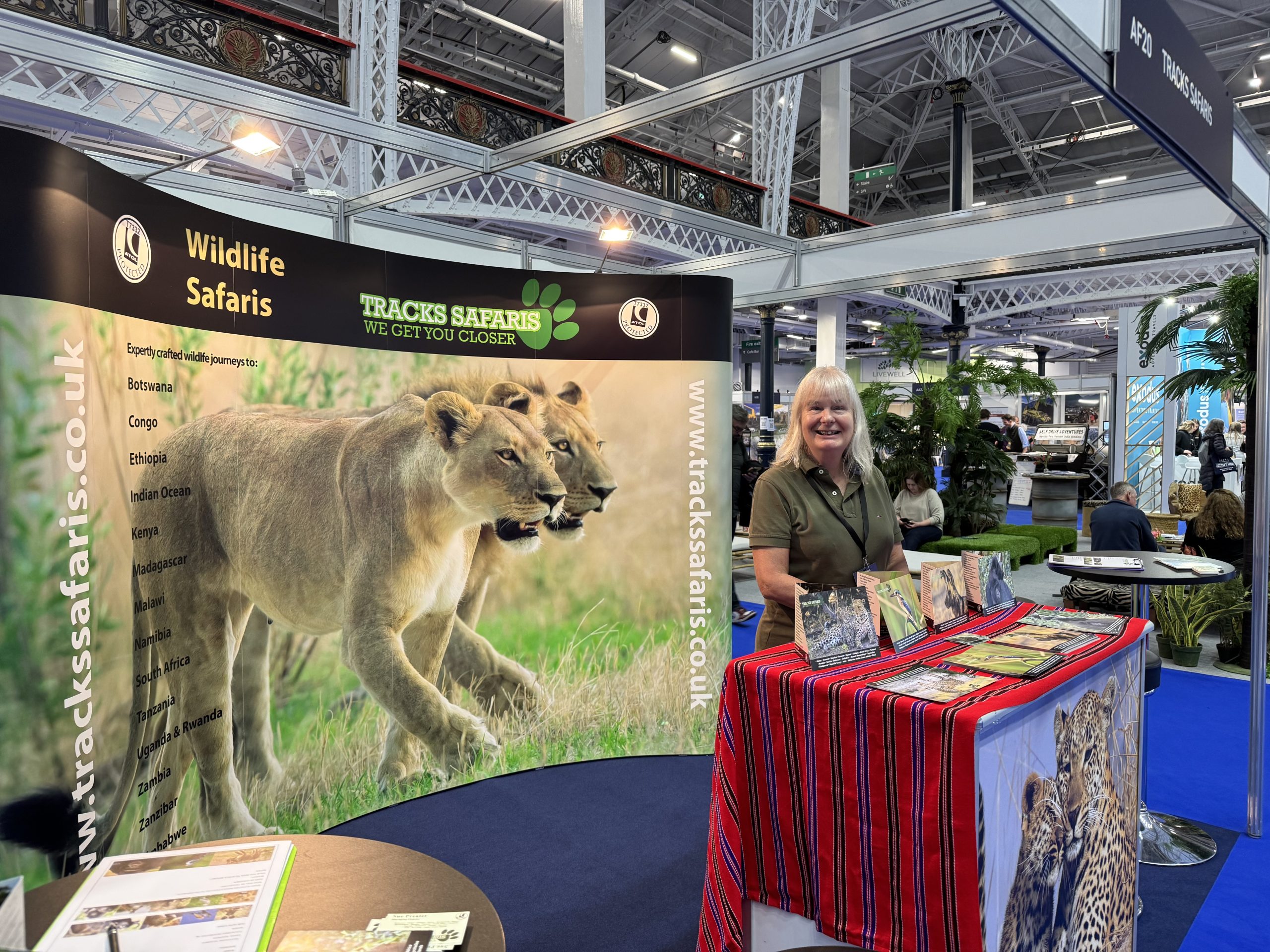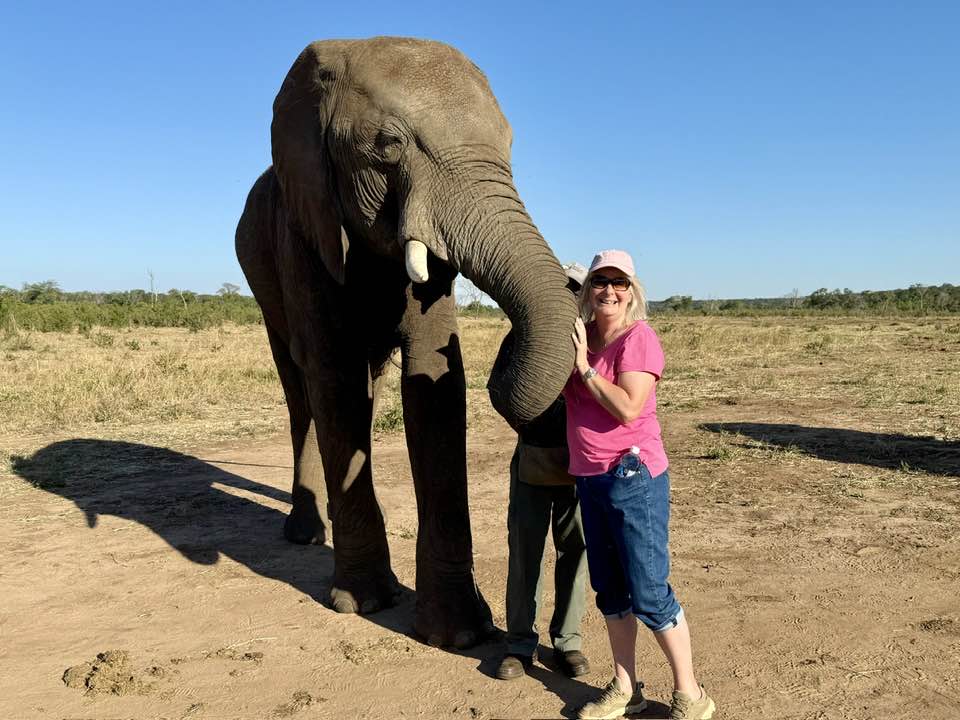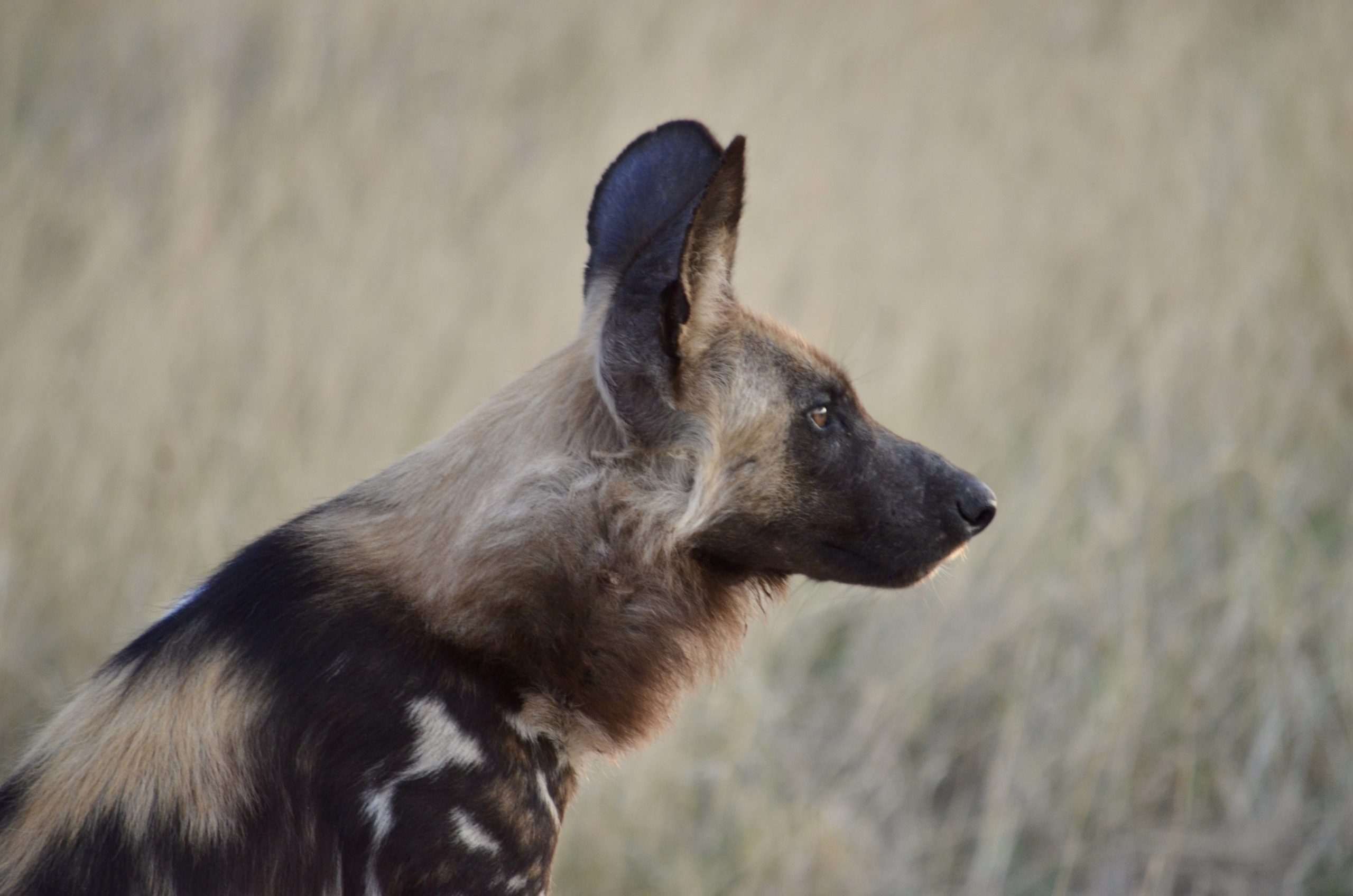Chad
Flight Time
12 Hours 50 Minutes (via Paris)
Time Zone
UTC+1
Best Airlines
Air France, Ethiopian Air
Fly From
London, Birmingham, Manchester, Glasgow, Newcastle, Edinburgh
On The Map
Zakouma National Park
| Jan | Feb | Mar | Apr | May | Jun | Jul | Aug | Sep | Oct | Nov | Dec | |
|---|---|---|---|---|---|---|---|---|---|---|---|---|
| When to go |  |
 |
 |
 |
 |
 |
 |
 |
 |
 |
 |
 |
| Temp °C | 32 | 35 | 39 | 42 | 40 | 38 | 34 | 31 | 34 | 37 | 37 | 34 |
| Rain mm | 1 | 3 | 3 | 22 | 21 | 47 | 156 | 181 | 80 | 35 | 1 | 10 |
Call us on 01984 667420
Tracks Safaris- We get you closer to Africa
ZAKOUMA NATIONAL PARK
Situated just south of the Sahara Desert and above the fertile rainforest regions, the Greater Zakouma Ecosystem is well positioned as a safe haven for Central and West African wildlife. Tracks Safaris are delighted to offer safaris to Zakouma National Park – a very special national park set in south-eastern Chad promising an exclusive and remote wildlife viewing opportunity in one of Africa’s remote and least known national Parks.
Not many have travelled to Chad – let alone visited Zakouma! Tracks Safaris have personally visited Zakouma National Park staying at all the accommodation in the itinerary offered, and experiencing the different habitats, eco systems, wildlife and birdlife of the park, and would be happy to answer any of your questions. When we visited we were the only guests staying in the park – we had the whole park and Tinga Camp exclusively to ourselves!
Zakouma has fabulous and abundant wildlife – from the huge herds of herbivores to the colossal flocks of birds to a variety of predators – the park supports an astounding biodiversity. The park’s terrain is almost entirely flat and dotted by numerous season pans fed by perennial river, with the exception of the beautiful granite inselbergs in the southwest. Zakouma is 3,054 km² of intact Sudano-Sahelian savannah and is one of the largest remaining examples of this important ecosystem in Africa.
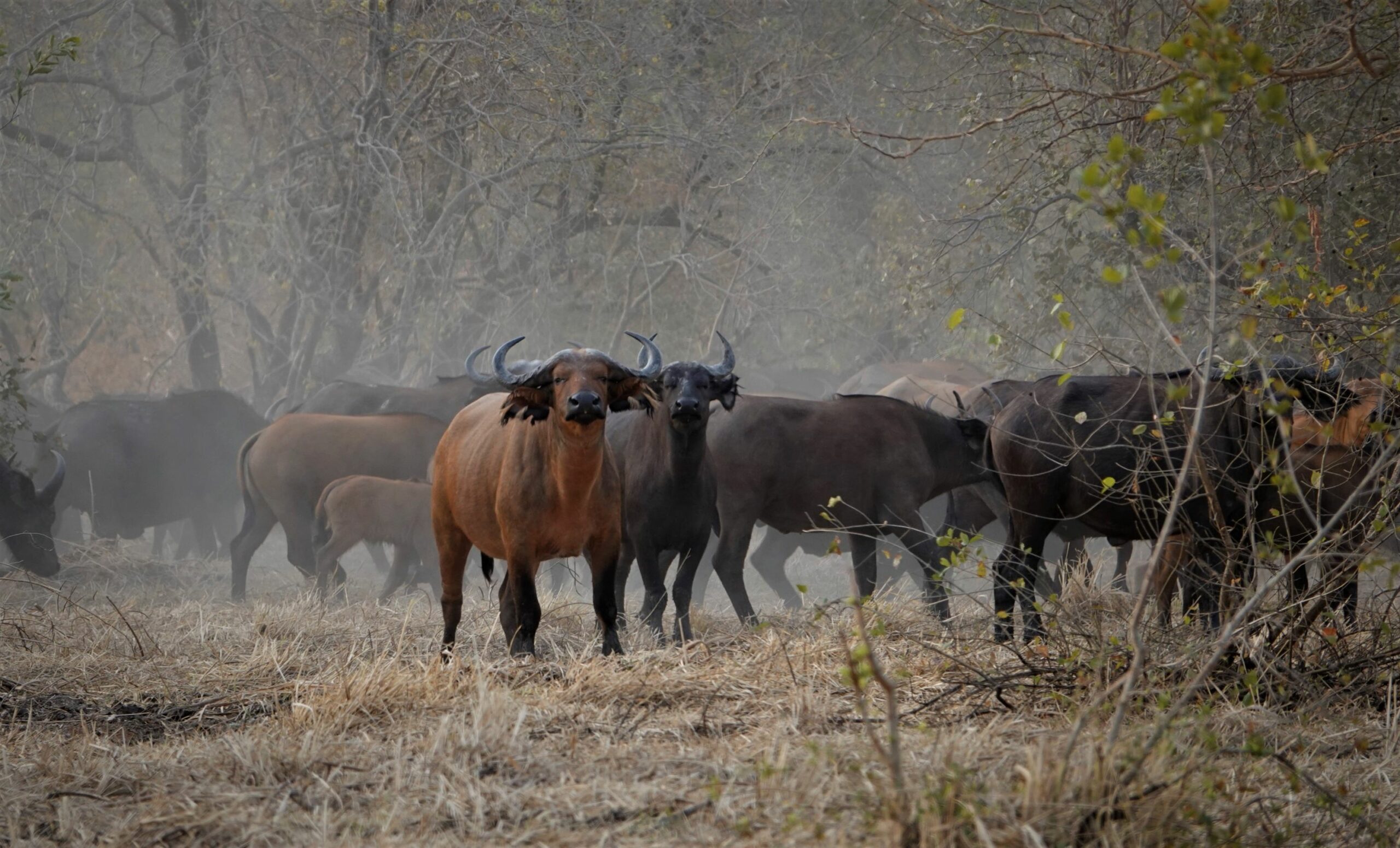
Zakouma has experienced one of the most spectacular transformations in all of Africa. The national park is part of the Greater Zakouma Ecosystem—the primary safe haven for Central and West African wildlife—but between 2002 and 2010 poachers ransacked the park and decimated its natural resources. In total, 4,000 elephants—95% of Zakouma’s population—were slaughtered for their ivory in this eight-year period.
In 2011 African Parks was invited to manage the park resulting in Zakouma’s decimated elephant population rebounding, and rhinos have been reintroduced. Zakouma holds half the world’s population the endangered Kordofan giraffe. At the last count Zakouma is home to over 60 mammal species – some of the herbivores include Lelwel’s hartebeest, western greater kudu, red-fronted gazelle, roan, Defassa waterbuck, Buffon’s kob, warthog, red-flanked and Grimm’s duiker, oribi, Bohor reedbuck and tiang. Big cats include lion, leopard and ocasional cheetah. Other predators include spotted hyena, striped hyena, ocasional wild dog, civet, serval, jackal, honey badger, African wildcat and pale fox.
The park has a number of primates including olive baboon, patas monkey and tantalus monkey.
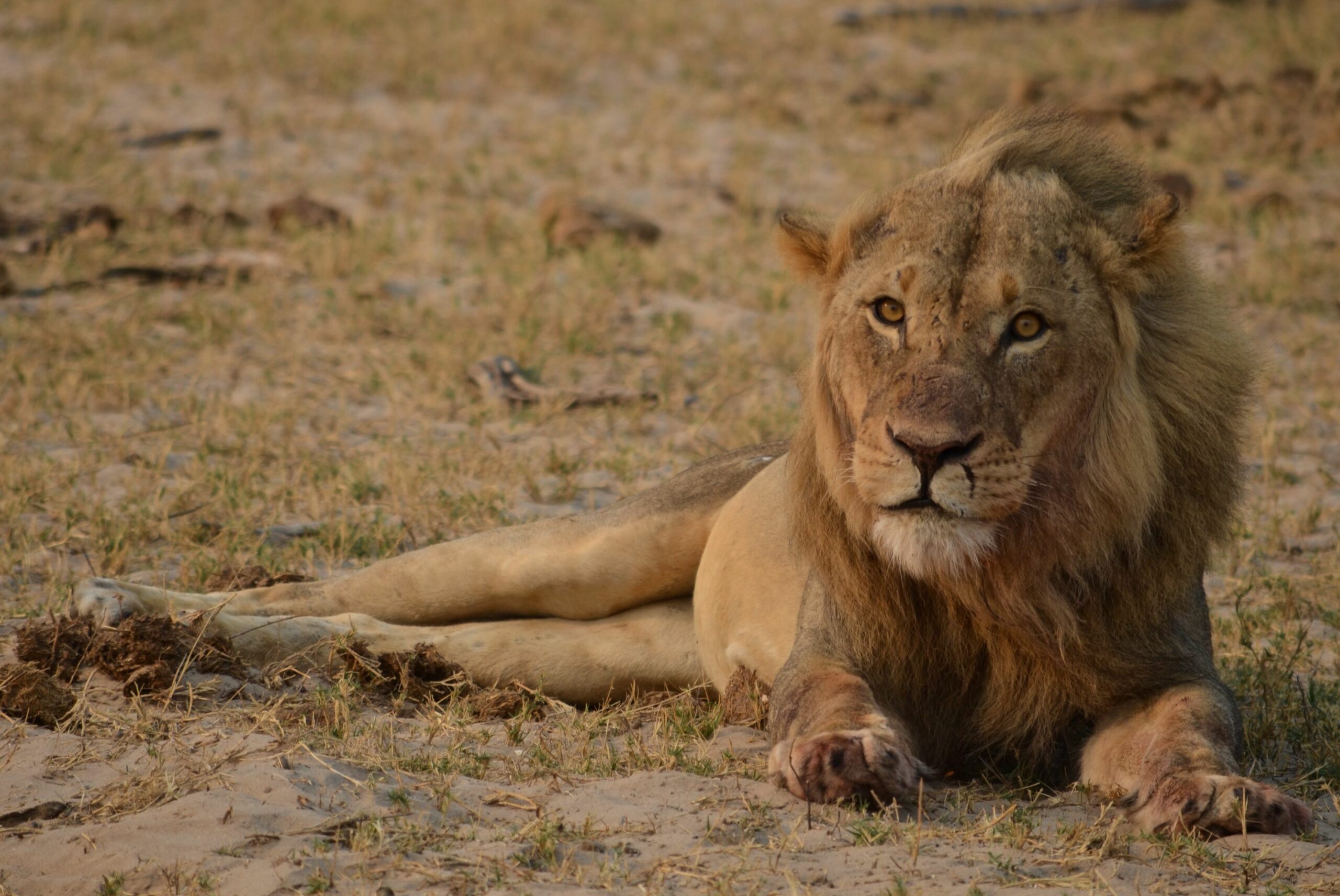
Zakouma’s floodplains, rivers, marshes and pans are home to almost 400 bird species and an important stopover and breeding grounds for migrating birds and the south-eastern wetlands form part of the Inundation Plains of Bahr Aouk and Salamat Ramsar site – one of the largest in the world. An estimated 40 raptor species are found in the park along with abundant populations of northern carmine bee-eaters and red-billed queleas. Zakouma is also home to the Abyssinian ground hornbill which is a vulnerable species, and the black-breasted barbet, a species with limited range that is on many a birder’s wish list. Zakouma is believed to contain the largest population of red-necked or North African ostrich in the world; the subspecies is extinct in most of its former range. A recent reintroduction programme saw the capture of ostrich chicks in Zakouma and translocated to Ennedi where they previously occurred.
In 2018, a count found 13,885 black crowned cranes – the highest number of any crane species ever recorded from the ground in Africa. These promising survey results demonstrate that Zakouma is an important stronghold for the beautiful crane, which is found in flocks numbering in the thousands, making the Zakouma ecosystem key to the survival of the species.

It is not just the wildlife which has been the focus of African Park’s work – community engagement has been high on the list. Since 2013 17 schools have been built and supported offering thousands of children a stable education. Zakouma has become the largest employer in the region providing additional opportunities for local income generation by facilitating the local procurement of park and tourism camp supplies and developing commercial community projects, such as honey harvesting and production.
In October 2017, African Parks doubled its footprint around Zakouma by signing an agreement to manage the Greater Zakouma Ecosystem which includes Zakouma National Park and Siniaka Minia Wildlife Reserve – critical conservation areas for key species in Central Africa.
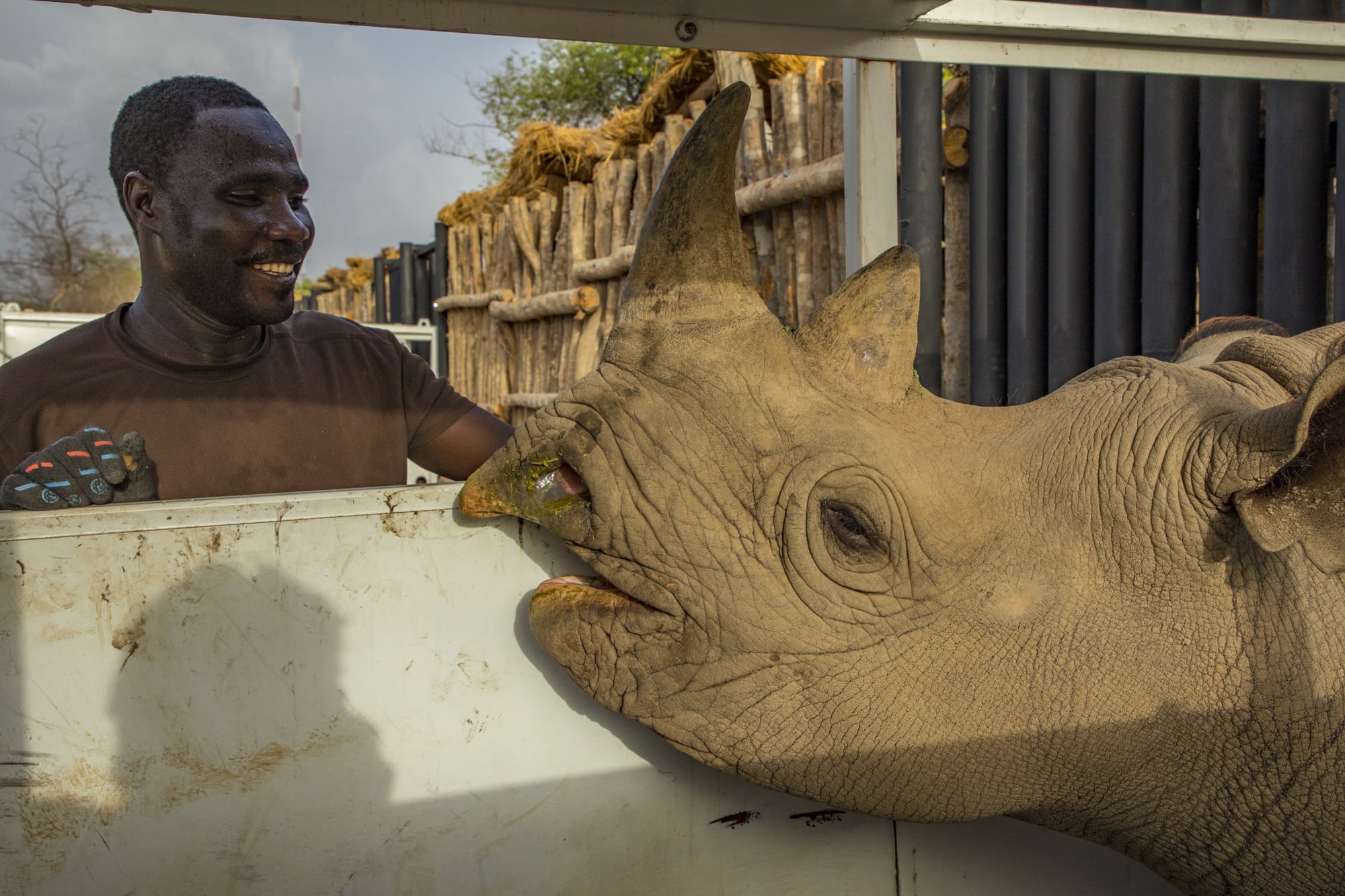
CLIMATE AND SEASONS
Zakouma has a typically tropical climate and experiences an intense wet season that renders much of the park inaccessible from June to October. Outside of the wet season, little (if any) rain falls and temperatures remain relatively hot throughout the year. However the park’s landscape changes dramatically during the dry season and visitors may want to plan their visit accordingly.
Early dry season (November & December) – average temperature 30°C (high 40°C)
In November the effects of the recent rains remain very much evident. Water dominates the lush green landscape attracting thousands of pelicans and other wading birds. While wildlife populations often disperse into less accessible areas of park becoming a little harder to spot, fantastic animal sightings are always easy to come by in Zakouma and the picturesque flooded savannahs make the perfect backdrop.
Mild dry season (January & February) – average temperature 30°C (high 40°C)
As the park begins to dry out birds and large mammals start to congregate around the rivers and water pans creating breathtakingly beautiful scenes. Temperatures are also slightly cooler at this time of year – especially at night – making it a very pleasant time to visit the park.
Late dry season (March, April & May) – average Temperature: 34°C (high 44°C)
Although temperatures are at their highest in this period the wildlife viewing is also at its best. Vast numbers of ungulates collect around the few remaining pools attracting prowling predators, whilst aquatic birds such as black-crowned cranes, spur-winged geese and white-faced whistling ducks flock in the foreground, creating the ‘layers of life’ panoramas for which Zakouma is famous. Towards the end of April or beginning of May isolated rain showers offer much needed respite to the arid landscape and the rains normally start in late May.
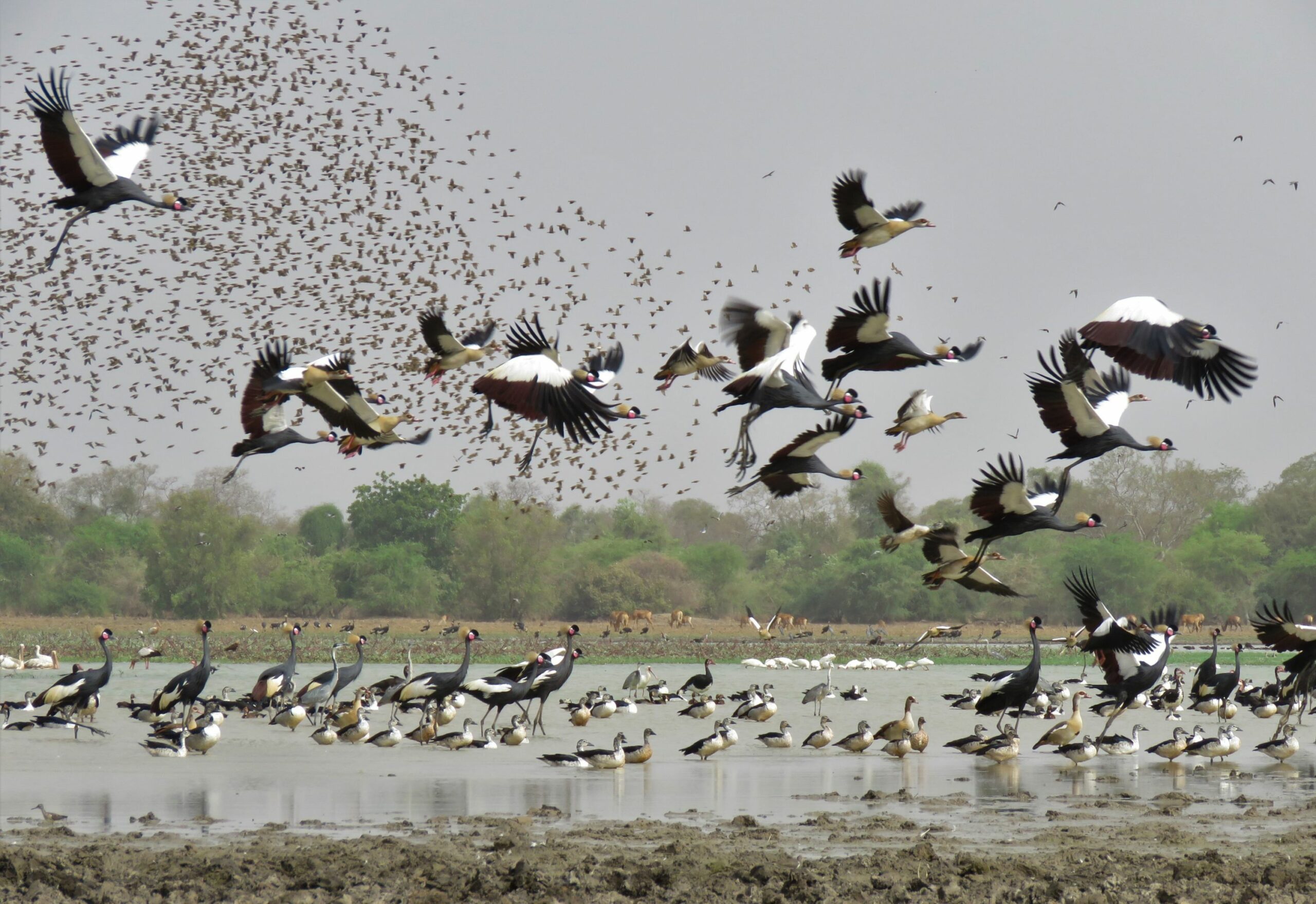
LOCAL MARKET VISIT
Whilst you are staying at Zakouma National Park there may be the opportunity to visit a local market in a town just outside the park gates. This is an entirely unique and fascinating experience as you immerse yourself in the heat, dust, colour and vibrancy of a local livestock market selling camels, cows, sheep and goats and a local market selling everything under the sun from locally made blacksmith knives and crafts to vegetable, fruit and homeware.
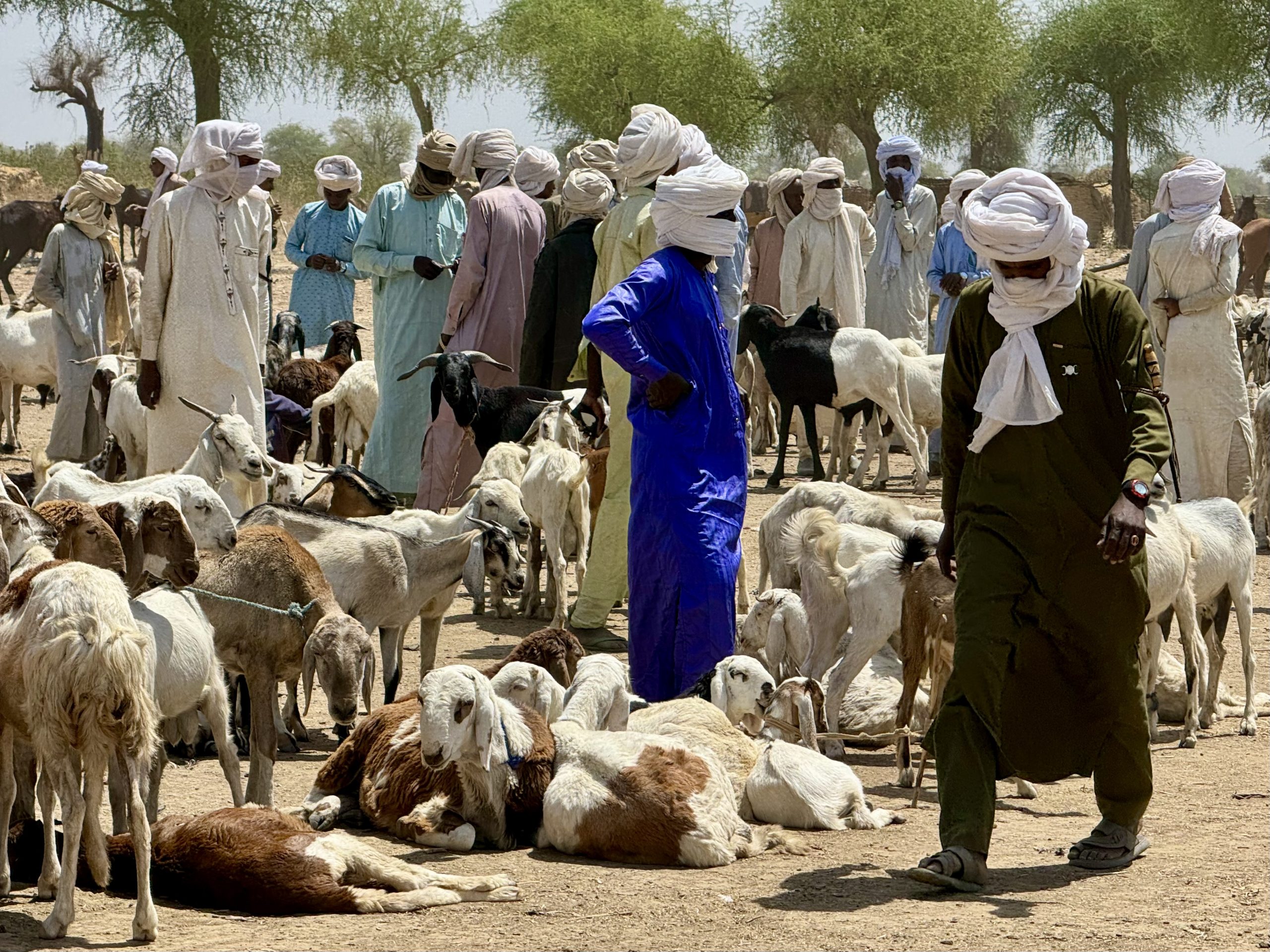
ACCESS
Zakouma is accessed by a 13-hour (Feb to May) and 18-hour (Nov – Feb) drive from N’Djamena to the park’s main gate and a 4 x 4 vehicle is recommended. It is also possible to access the park by private charter flight.
Tracks Safaris are offering you a tailor-made safari or small group safari complete with private charter from N’Djamena to Zakouma and back to N’Djamena. The flight time is approximately 2 hours one way, and the airstrip is around 15 minutes’ drive from Tinga Camp. We recommend a night in N’Djamena either side of your safari.
Our small group safari departures are at the end of February and March 2026 which is the best time to travel to Zakouma. The safari will be led by a very experienced and professional guide who has travelled to Chad and Zakouma many times, and has an intimate knowledge of the cultures, park, wildlife and ecosystems.
Chad is currently listed as yellow on the UK FCO website which means that you will have to acquire specialist travel insurance for your journey – there are a number of UK based travel insurance providers who offer cover for Chad including N’Djamena and Zakouma National Park – please ask!
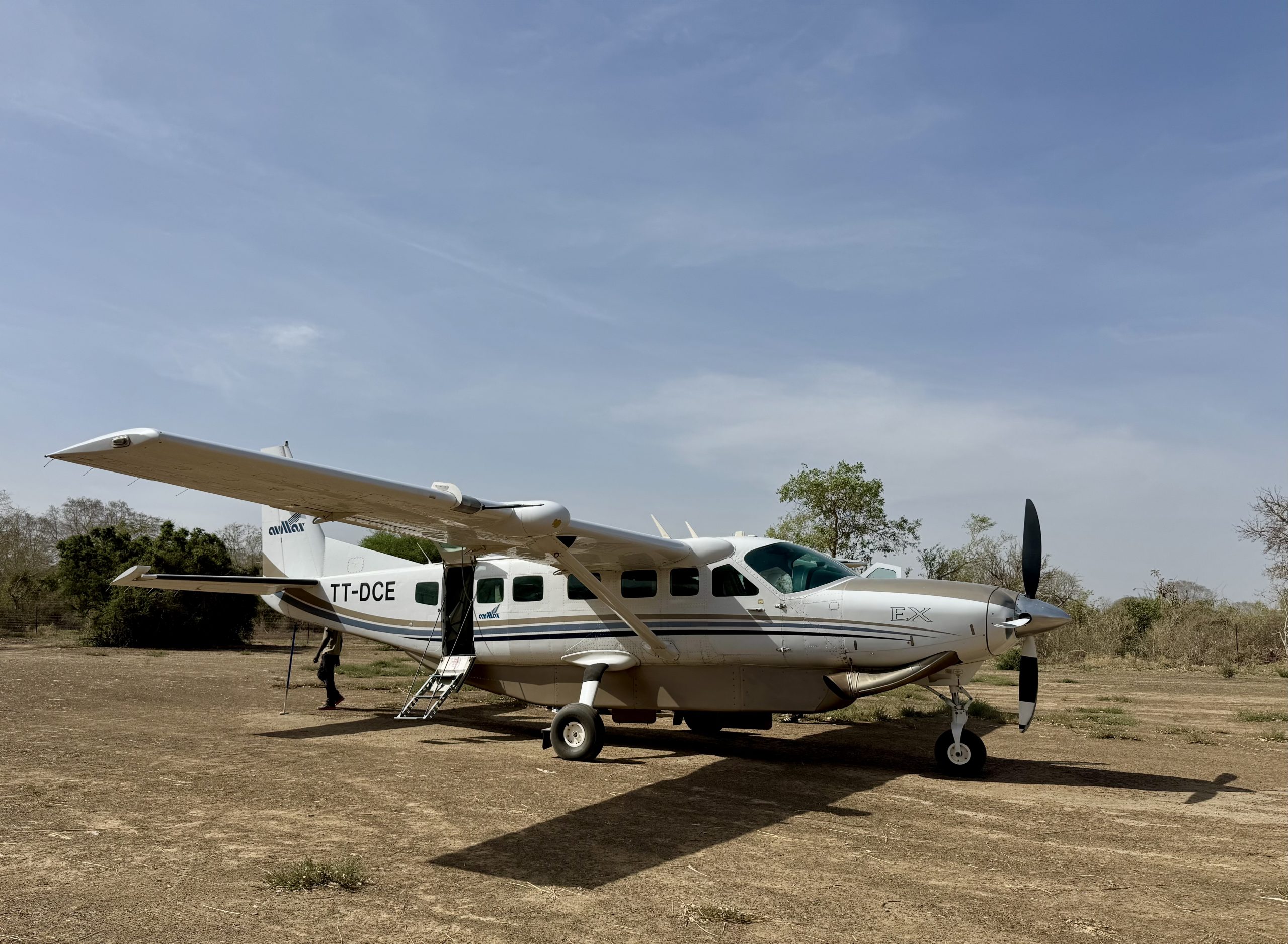
Tracks Safaris would be delighted to assist you with the planning of your safari to Zakouma National Park. Talk to someone who has been there – please call us on 01984 667420 or email sue@trackssafaris.co.uk to start planning your journey!
